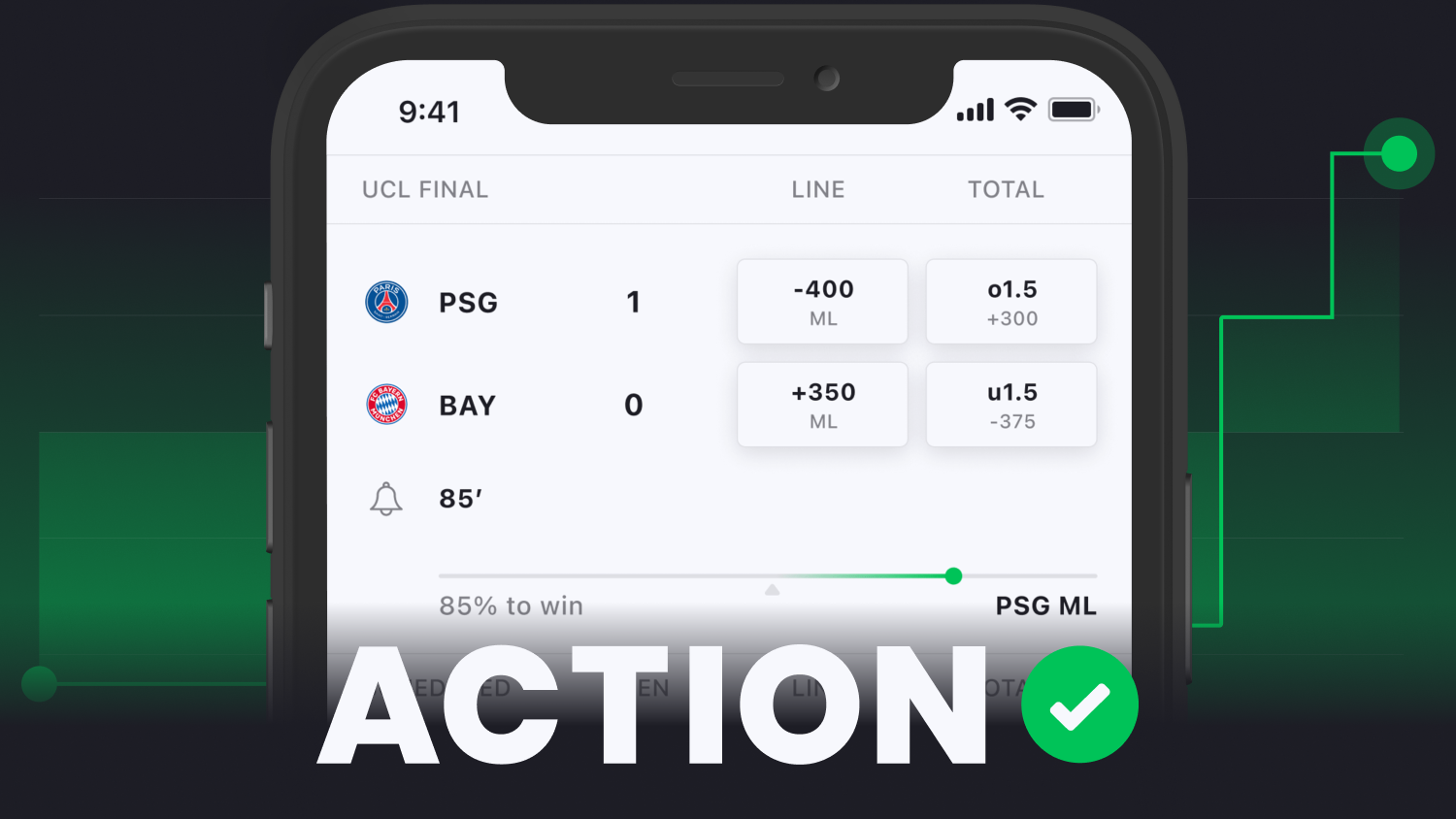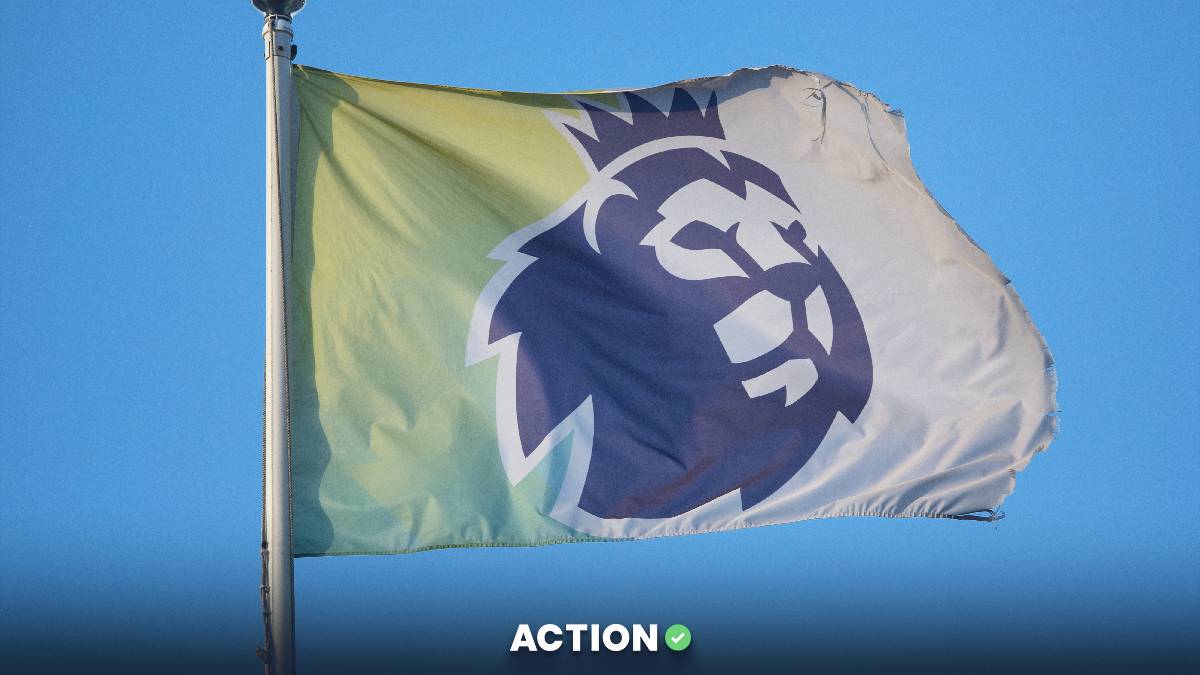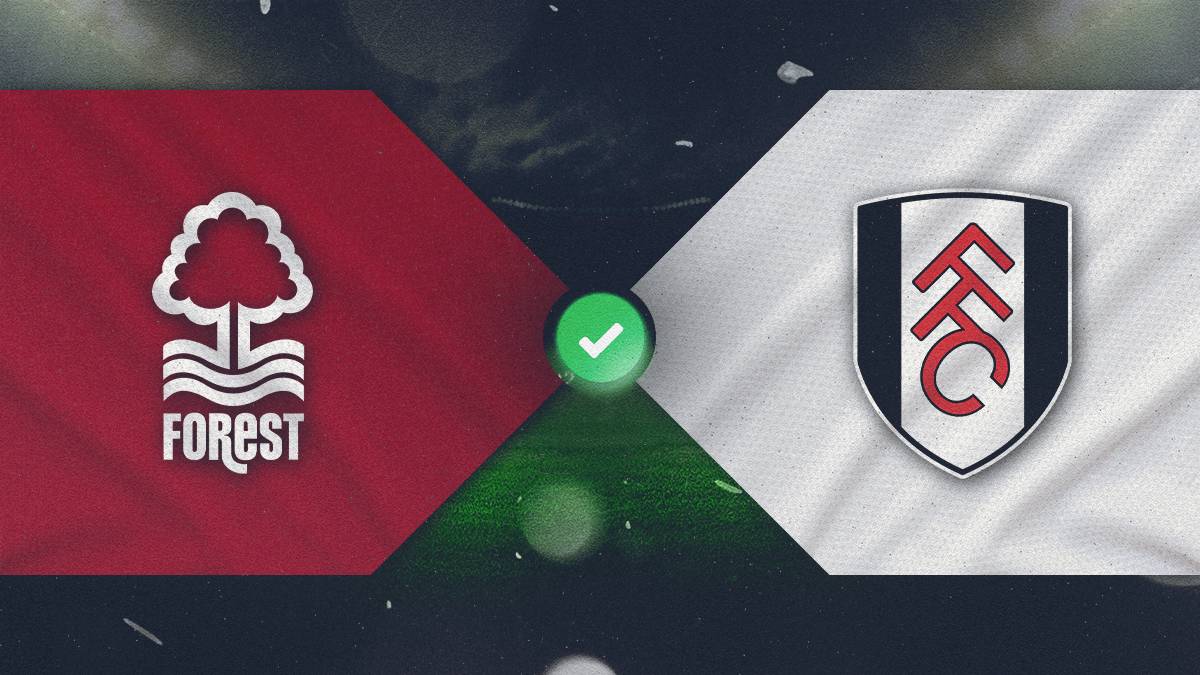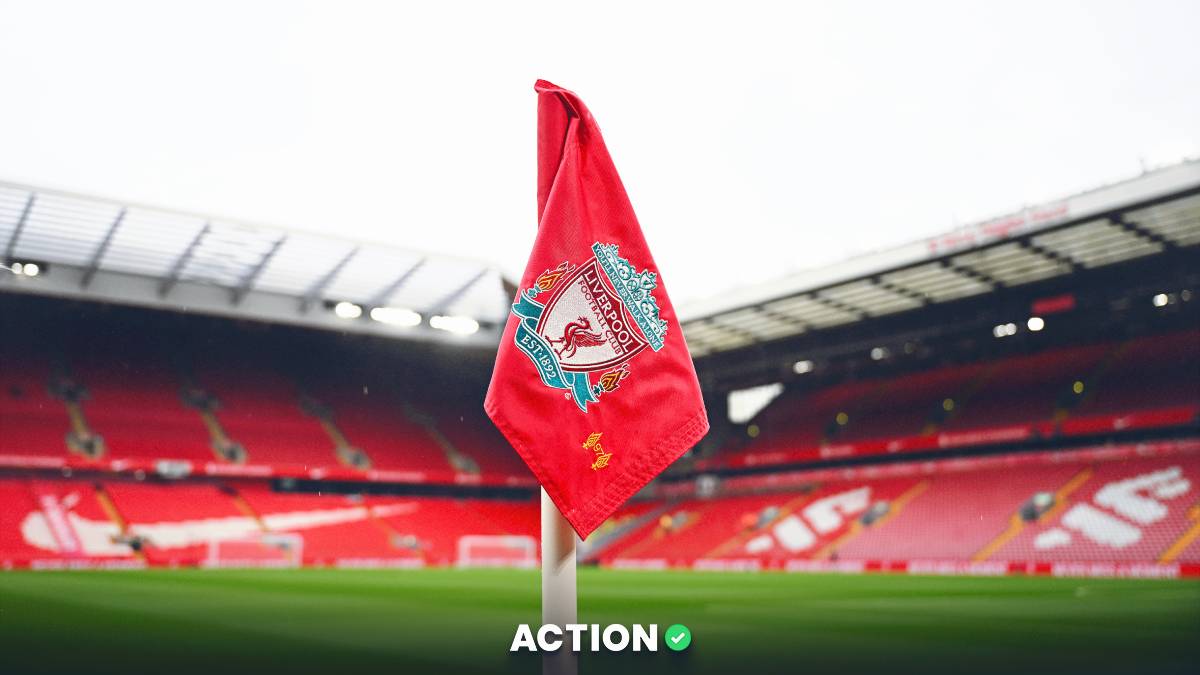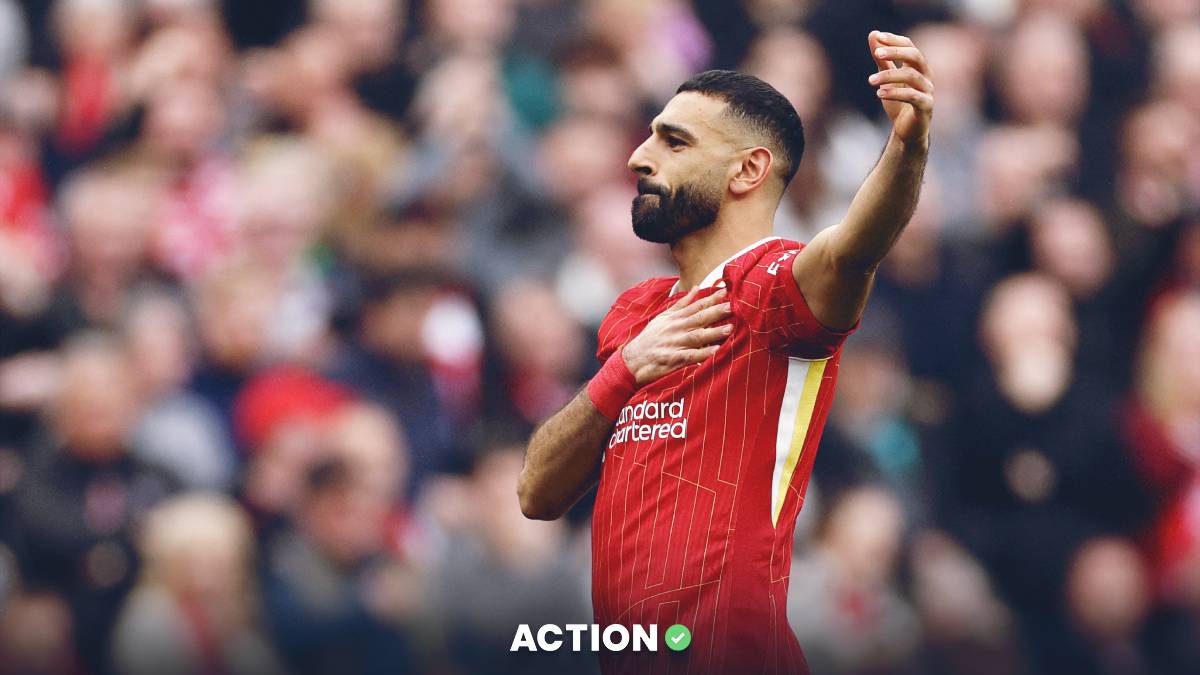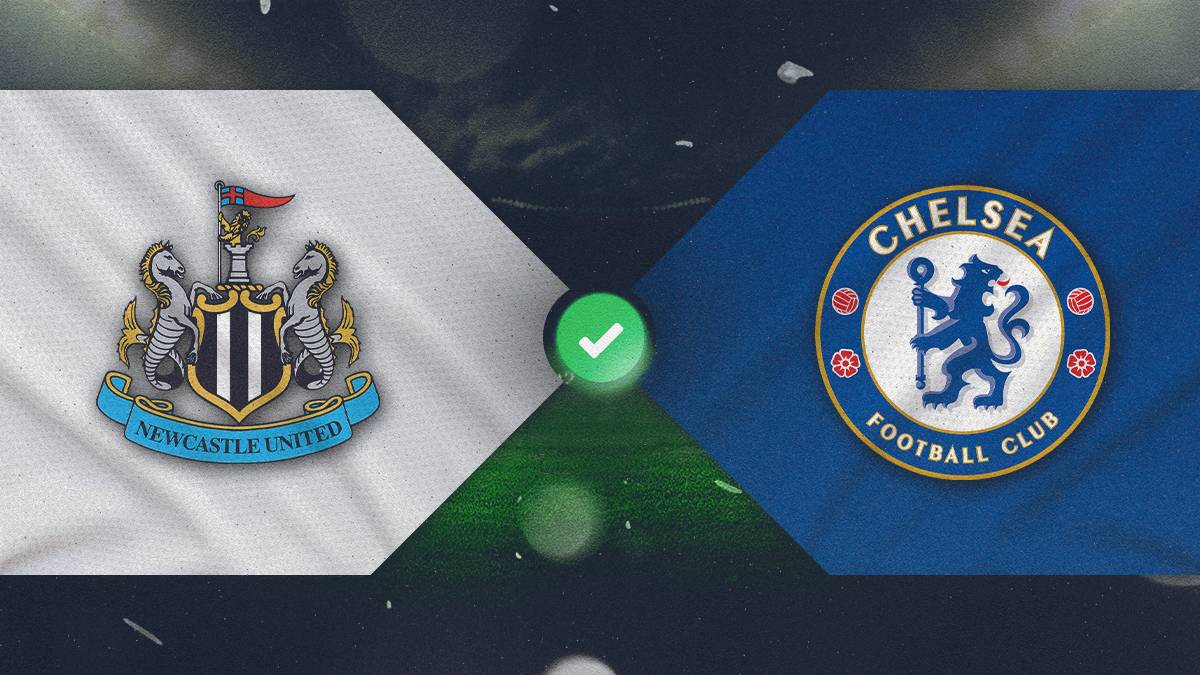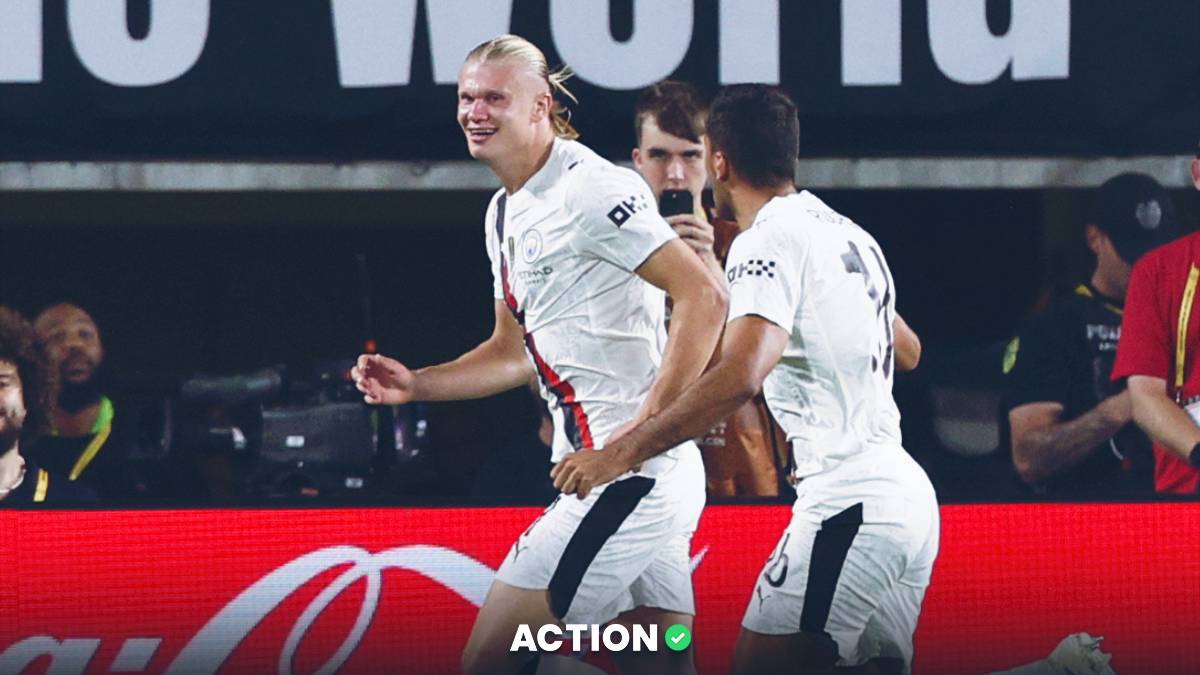Stakes go up drastically on Matchday three at the World Cup, even if the matches aren't quite as simple as win and advance.
While most teams remain alive to advance to the round of 16, many need to earn desired results and some need help from the other game in the group.
That adds urgency to the occasion, which bettors might try to factor into their wagers. But does it actually cause matches to play out how bettors might think?
Here's four possible angles you might make when considering a Matchday three wager, tested against recent World Cup history. We'll use information from the tournaments since 1998, with odds information coming BetExplorer.com.
Are favorites more reliable as the tournament goes on?
With two games already played, a bettor might conclude that oddsmakers have a better sense on who should be favored going forward. However, history suggests there's very little discernible difference in how favorites perform in the final group match against the first two:
Favorite win percentage
- Matchdays 1 and 2: 54.1%
- Matchday 3: 53.1%
Now, there is one possible lurking variable at play. Often the strongest teams have already booked their place in the round of 16 before Matchday three, which could lead to rotated squads and lesser performances.
But a better factor to think about when considering the reliability of favorites is where the tournament is being held. Favorites have won 66.7% of their group matches in the previous three World Cups held in Europe, and 43.2% of the group matches in the previous three World Cups held elsewhere.
Are there fewer draws with teams needing wins to advance?
This makes a lot of sense if you're considering teams like the United States, who need three points against Iran on Tuesday to advance to the round of 16.
But for every team like the USA, there's also a team like Iran, for whom a draw would almost certainly achieve their aims. As a result, there's very little difference in the percentage of games that finish even.
Percentage of games finishing in a draw
- Matchdays 1 and 2: 25.5%
- Matchdays 3: 25.0%
It's also interesting how little variation there is within the ratio of games that finish as draws in the third group game. There have been four draws out of 16 games on Matchday three in four of the last six World Cups. There were five on Matchday three at France '98, and three at Brazil 2014.
Does scoring go down as nerves go up?
Somewhat in opposition to the previous conclusion, a bettor might also see more value in a lower total because of the higher stakes involved in Matchday three, either because of nerves or more conservative tactics.
There does appear to be some truth in this over the years, with Matchday three producing a bit more than one-tenth of a goal fewer per match in the previous six World Cups.
Goals per game
- Matchdays 1 and 2: 2.51
- Matchday 3: 2.38
One potential explanation: Of the 12 games since 1998 in which a team has scored five or more goals, only two came in the third group game.
Some of the depressed totals on Matchday three could also owe to favorites who have already sealed passage from the group resting their regulars.
Do high stakes lead to high-scoring second halves?
With the finality of the occasion, a bettor could conclude teams will be willing to make more aggressive halftime adjustments and take more second-half chances. In this case, the evidence supports it.
Percentage of goals scored after halftime
- Matchdays 1 and 2: 58.3%
- Matchday 3: 64.0 %
One important note here: The overall rate of second-half goal scoring shifts only slightly, from 1.46 goals to 1.52 goals. The larger jump in terms of percentage owes more to low-scoring first halves in Matchday three.
In this World Cup, it is hard to imagine lower scoring starts than we've already seen, with 17-of-32 first halves finishing scoreless as of the end of Matchday two.



